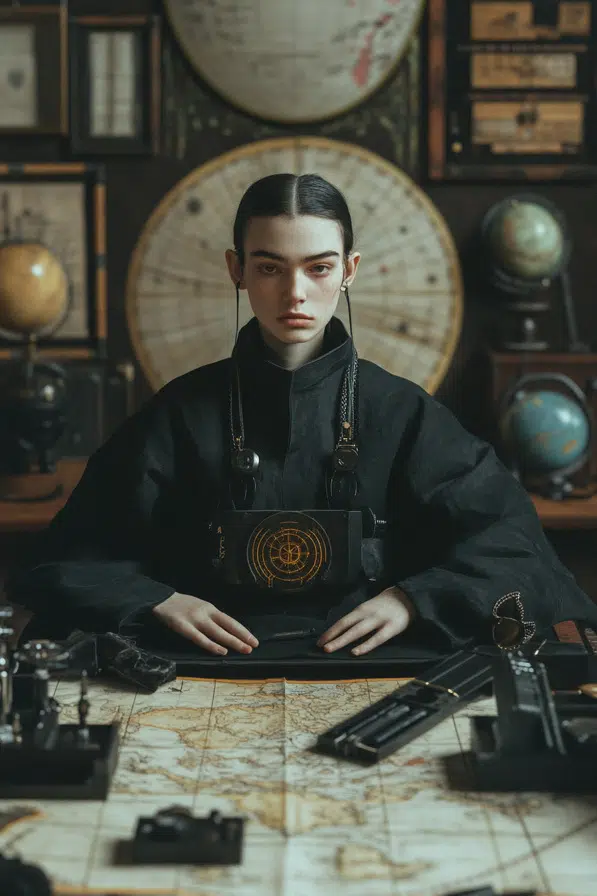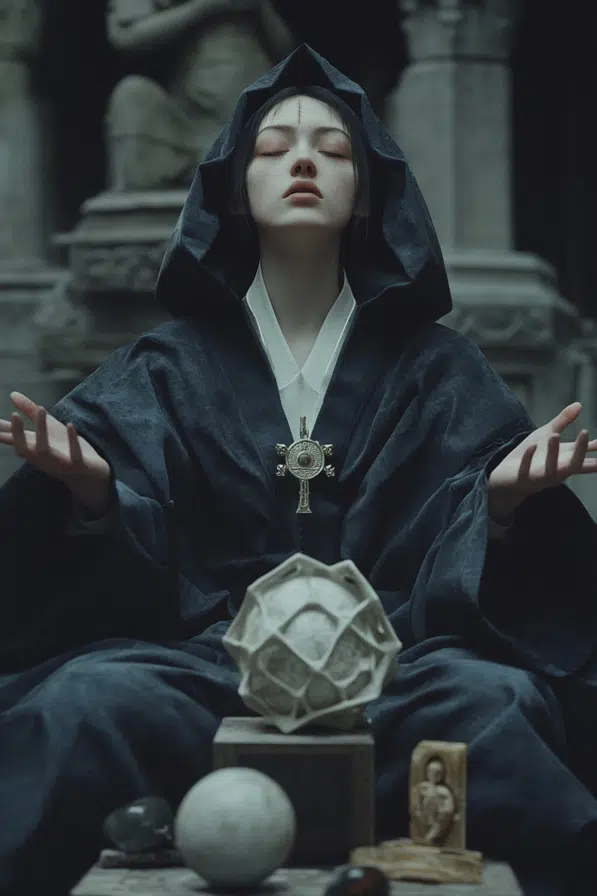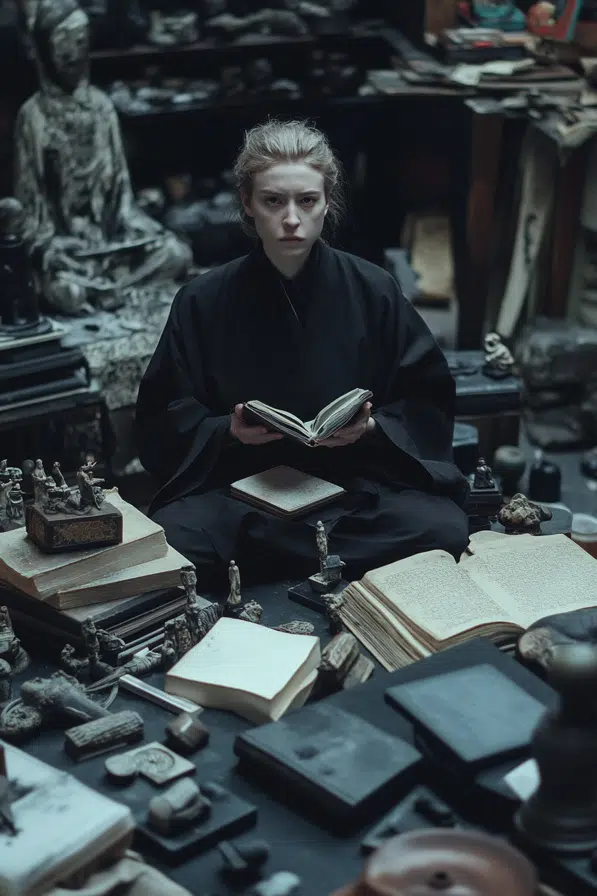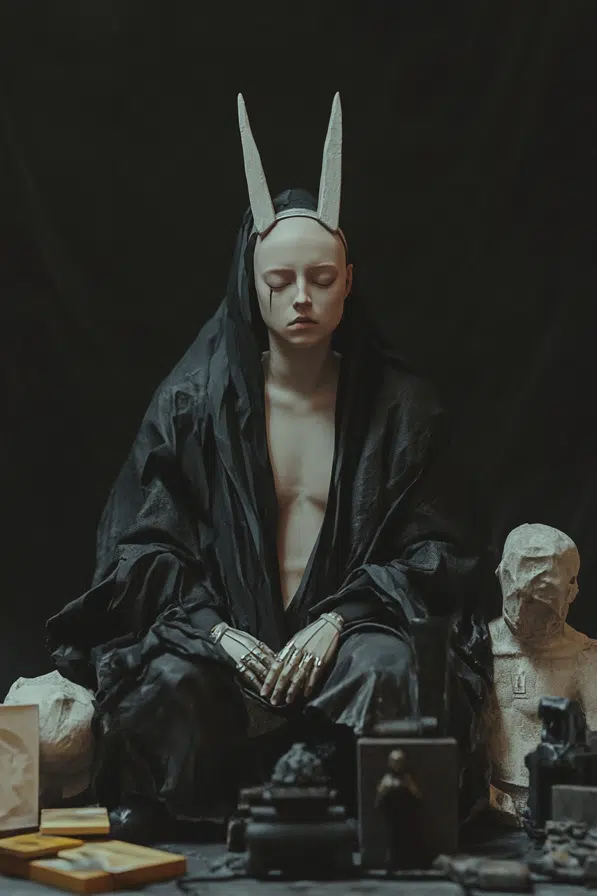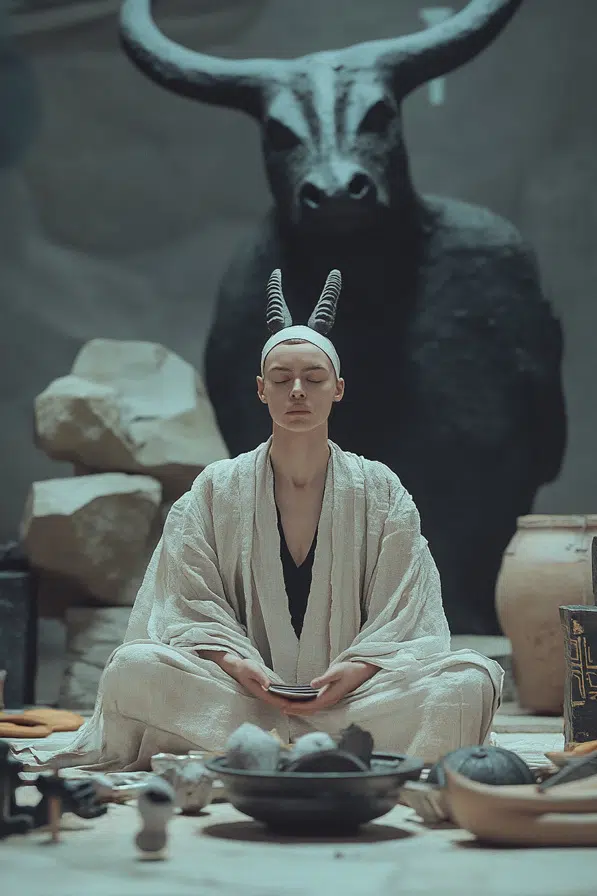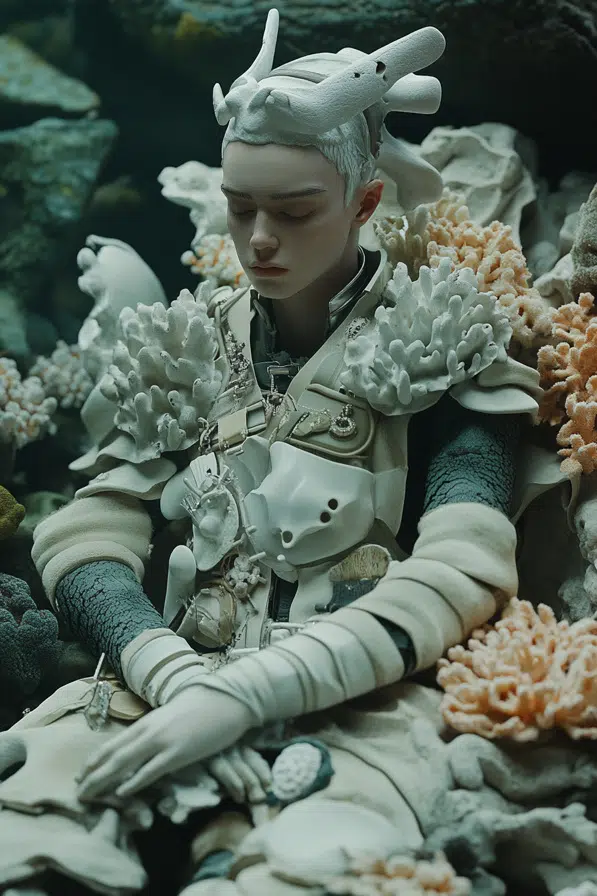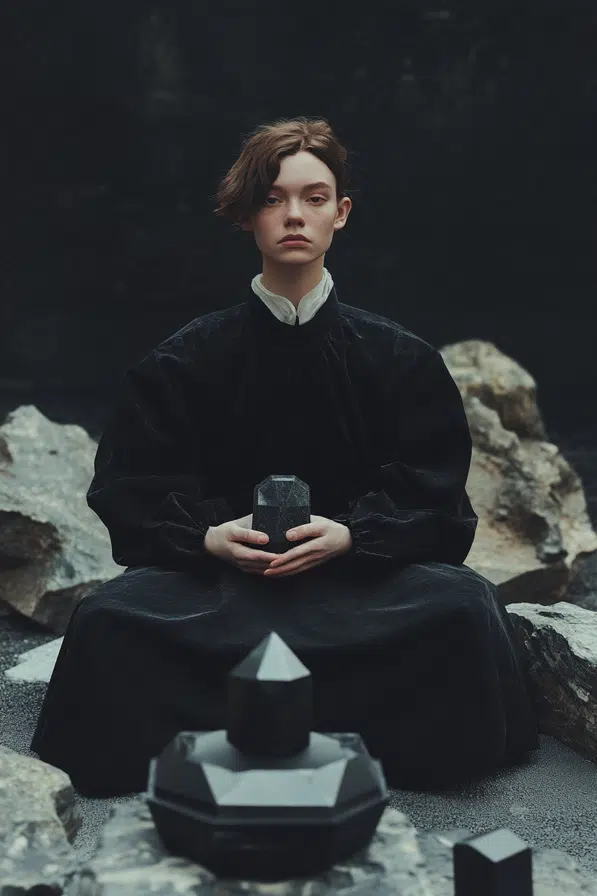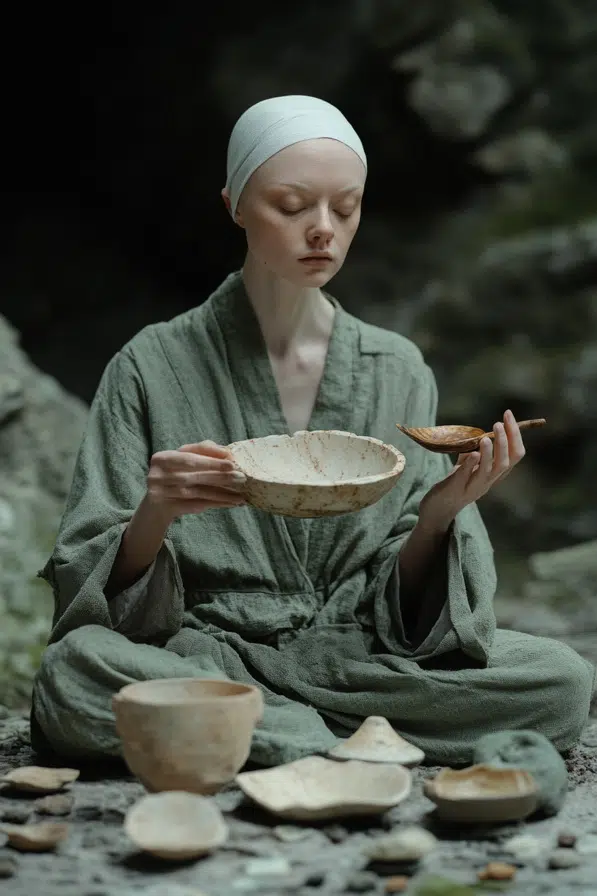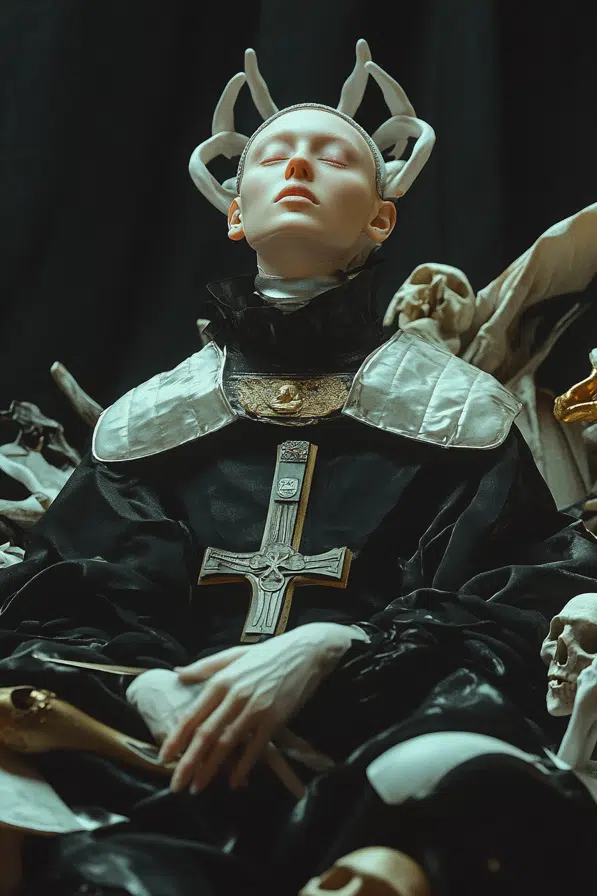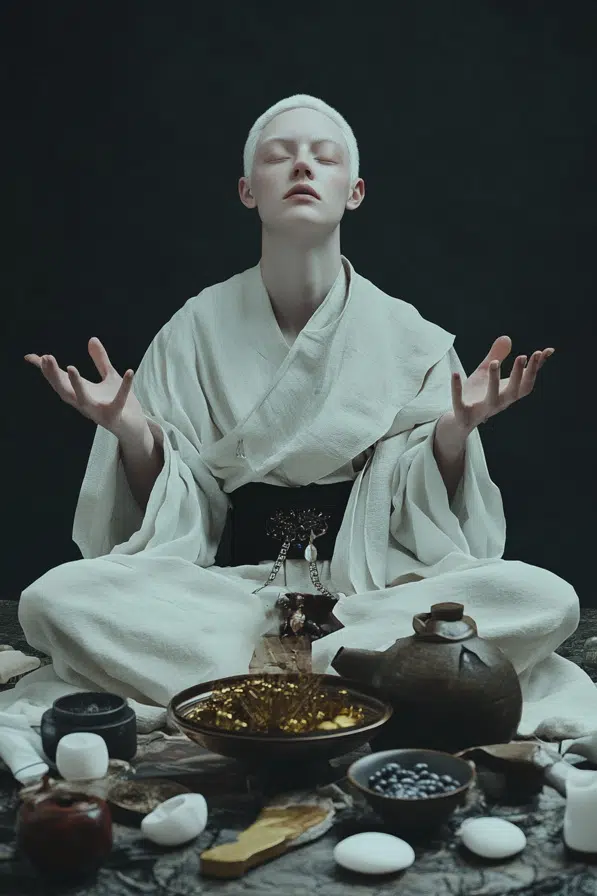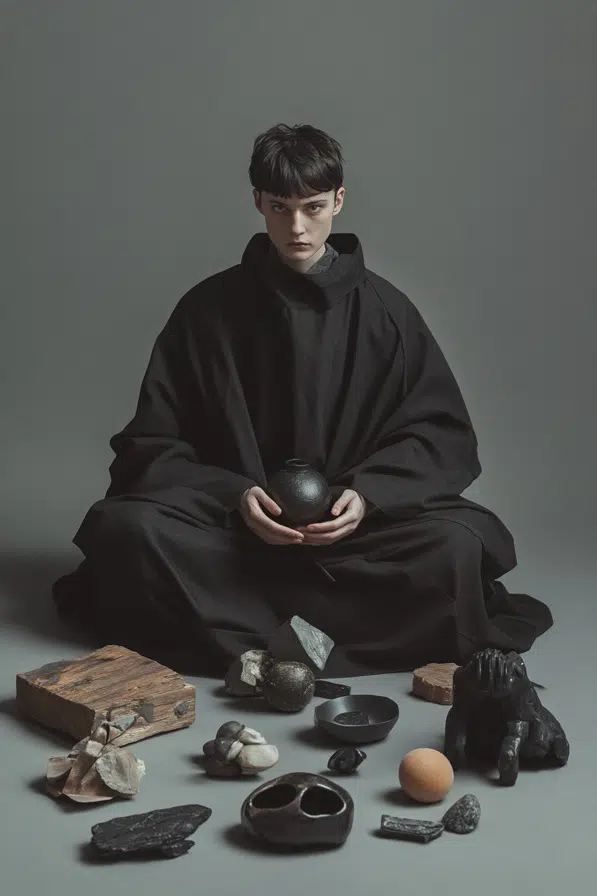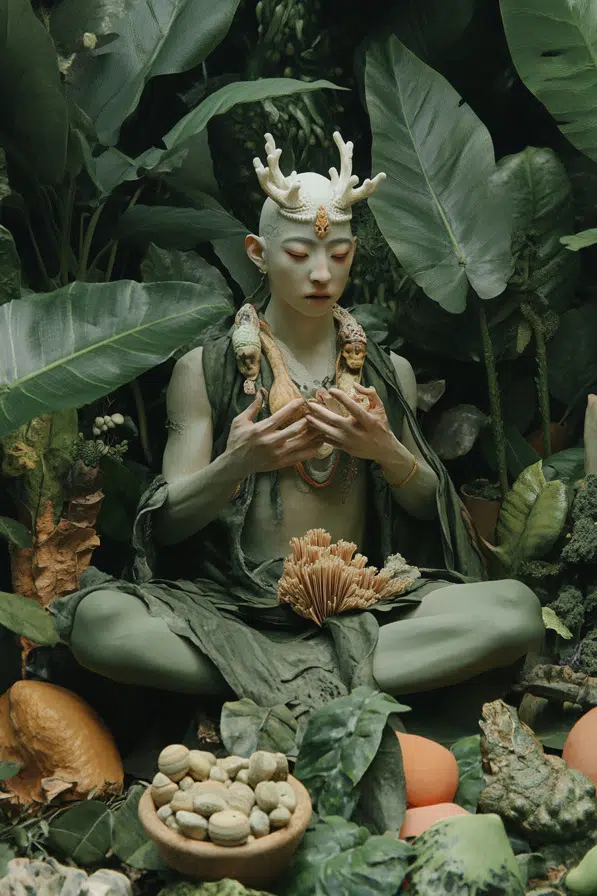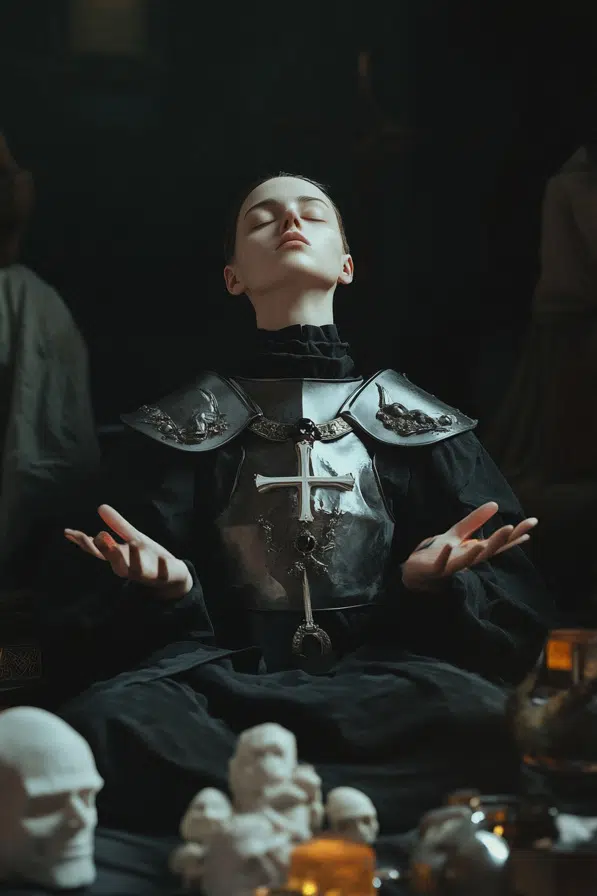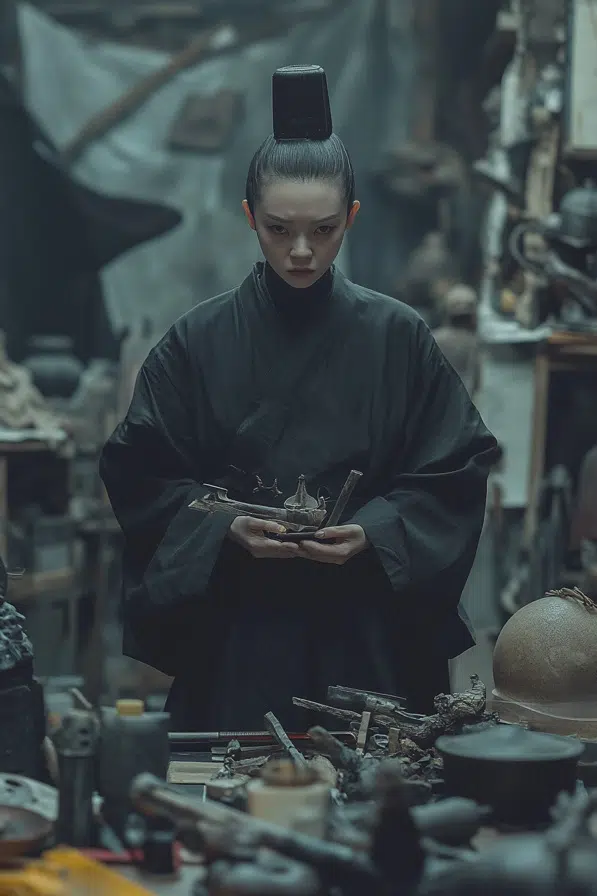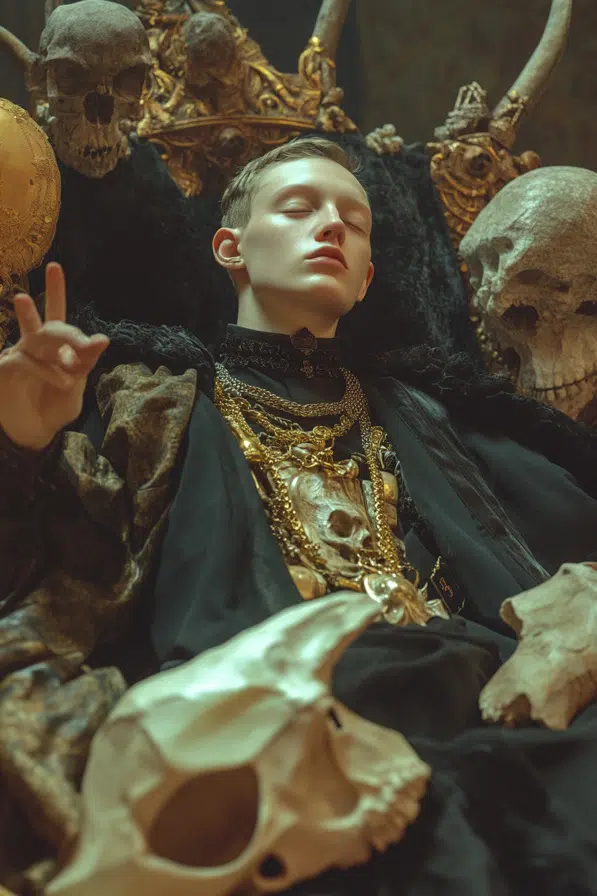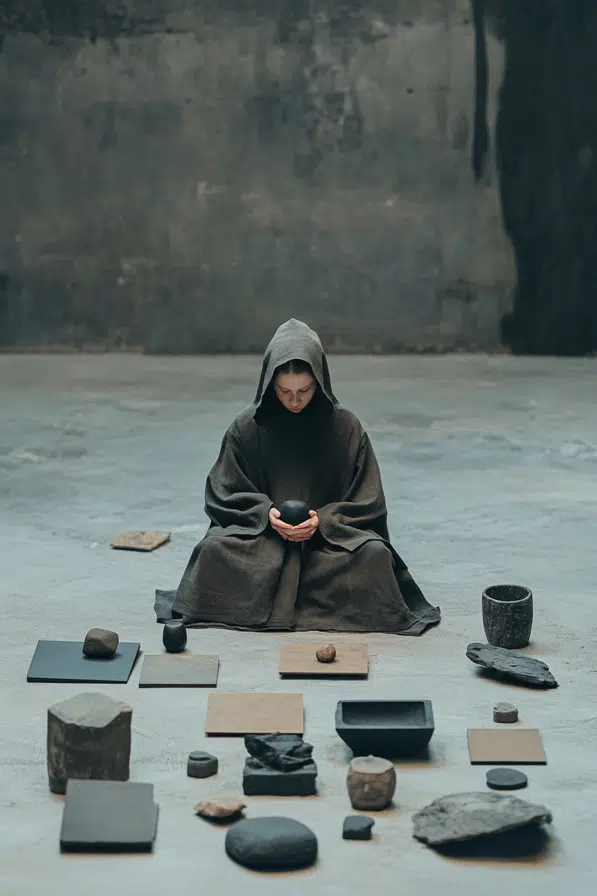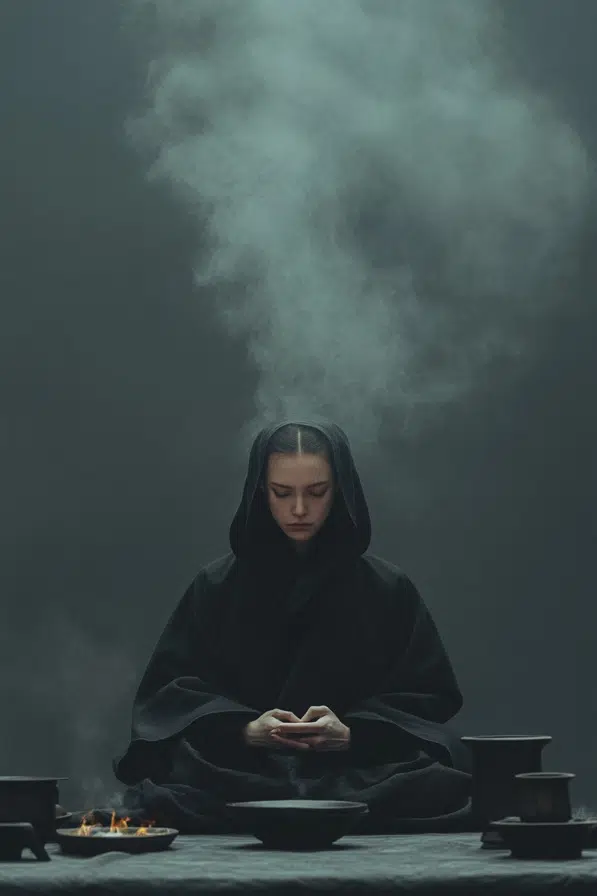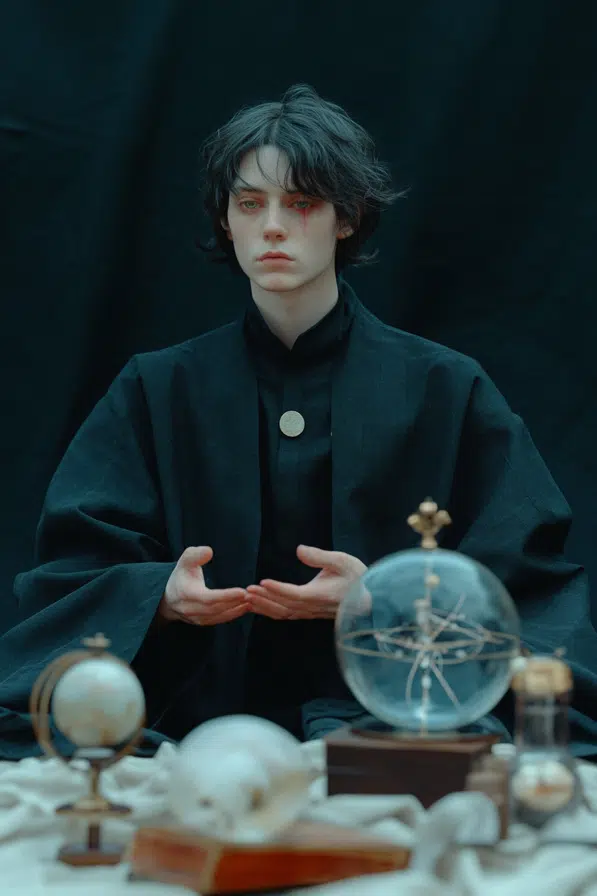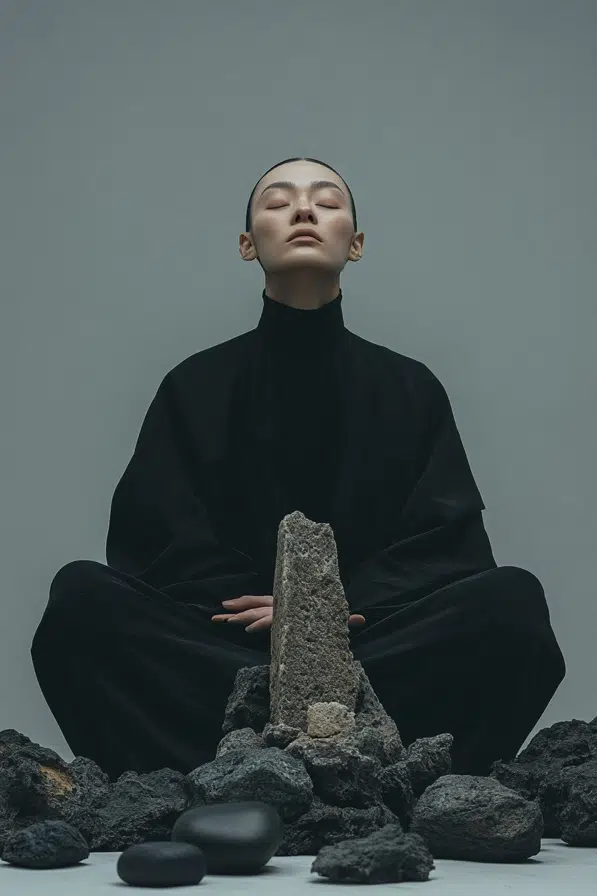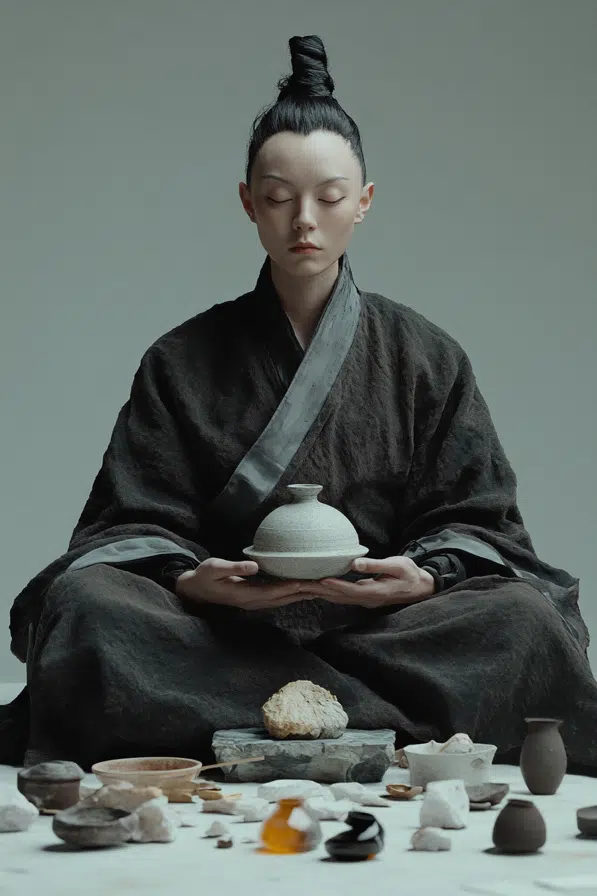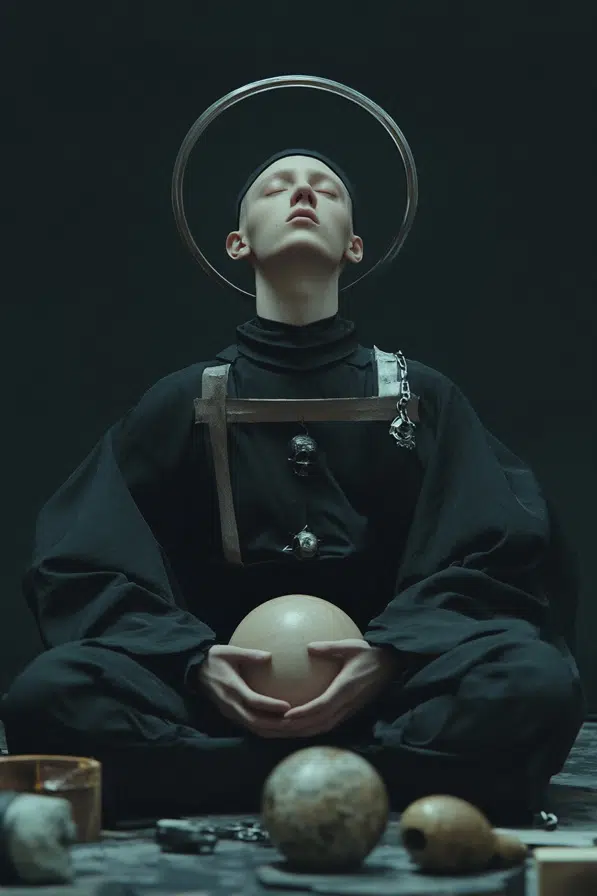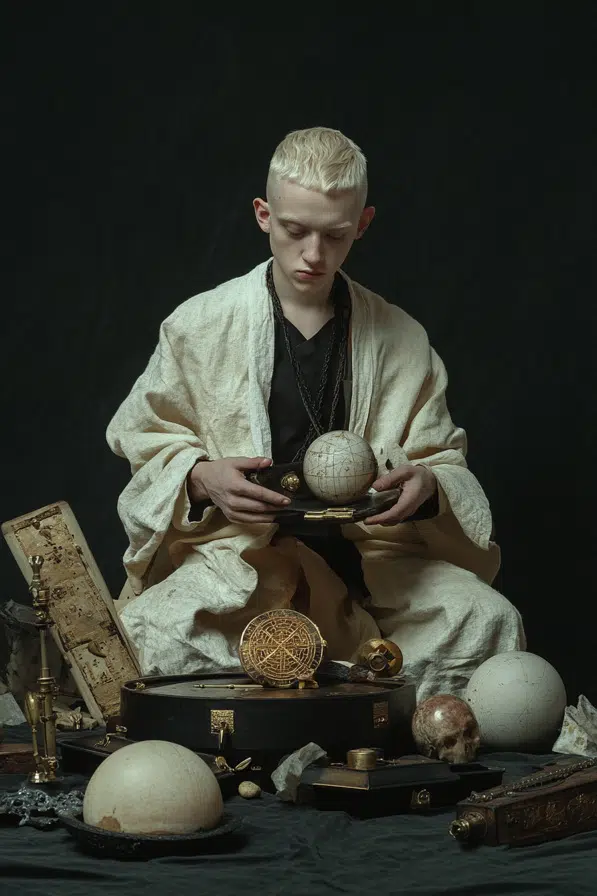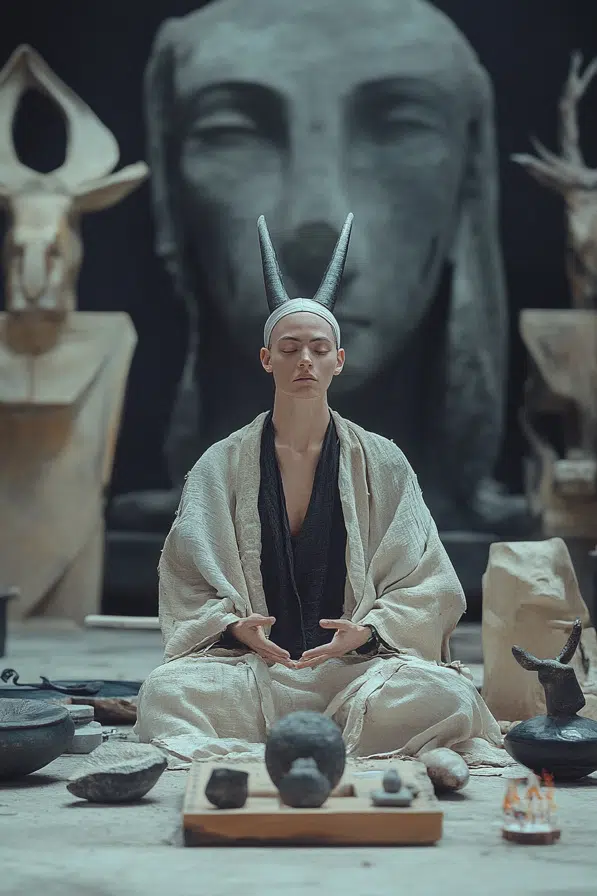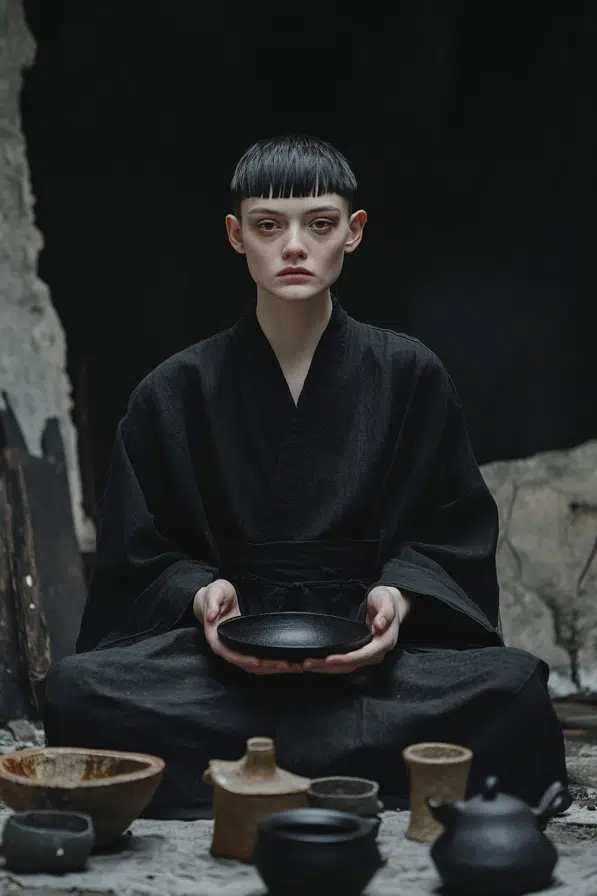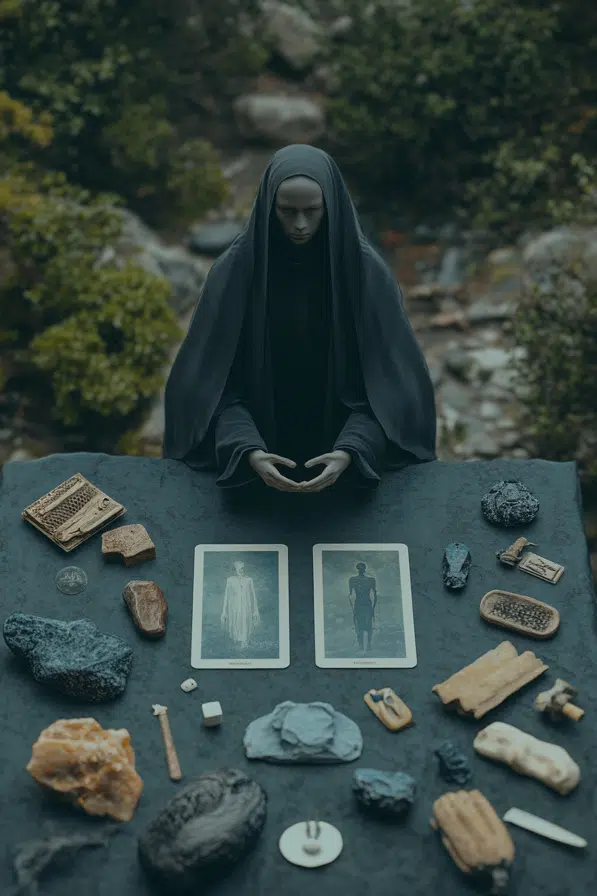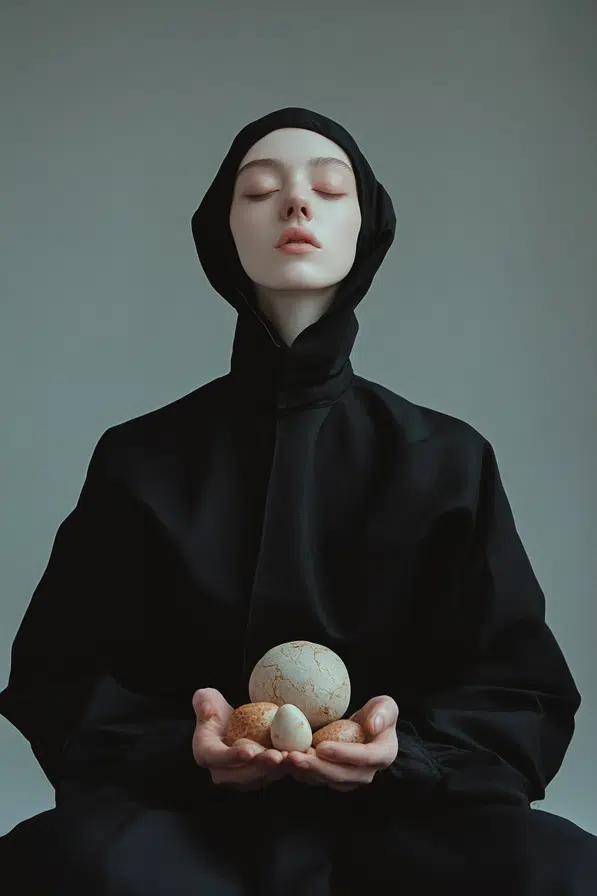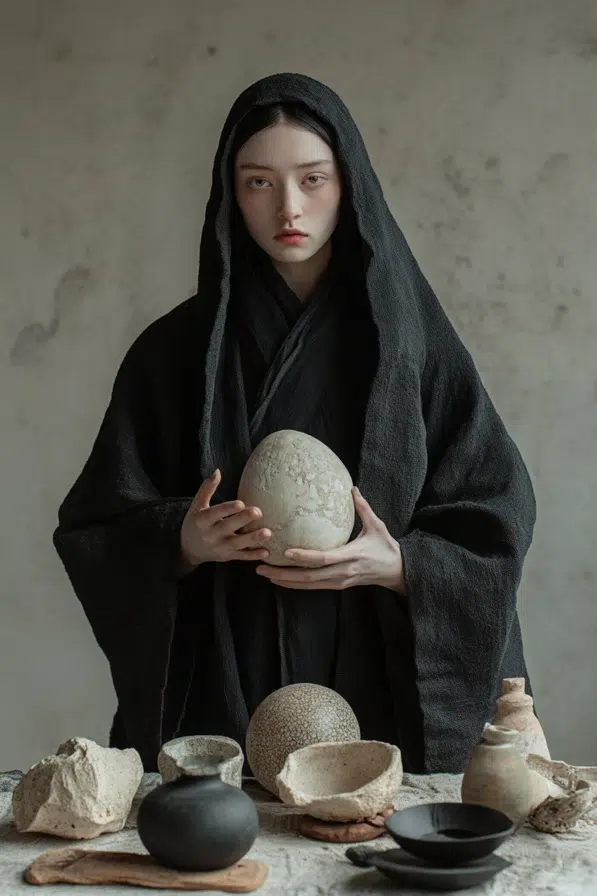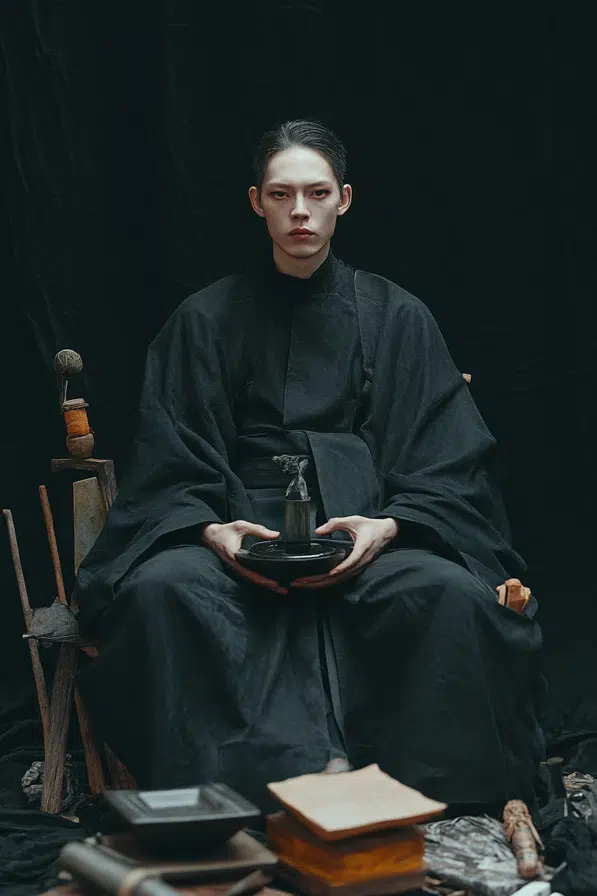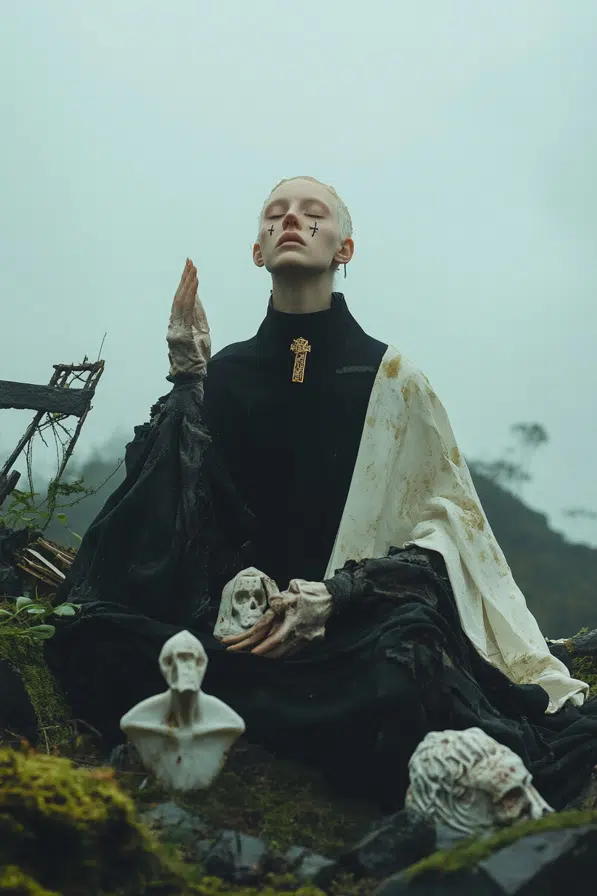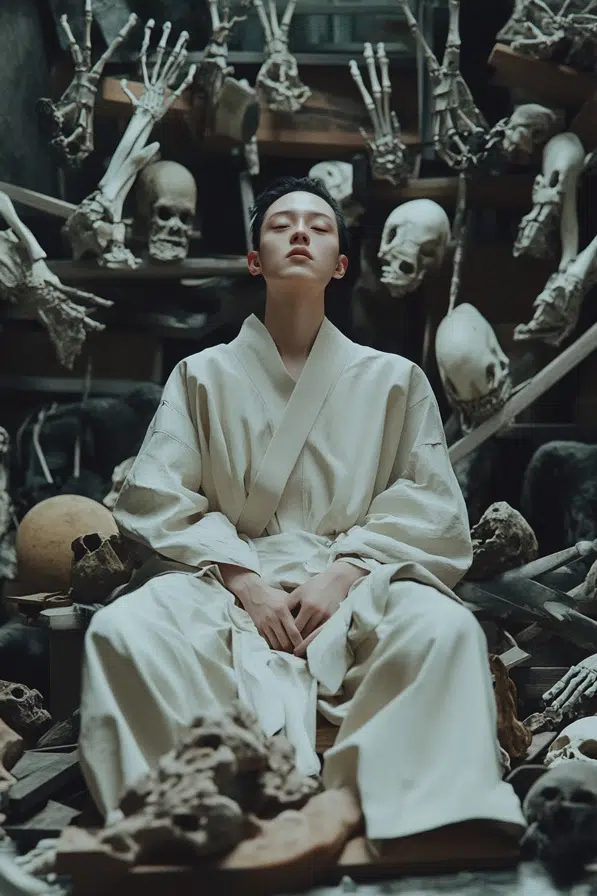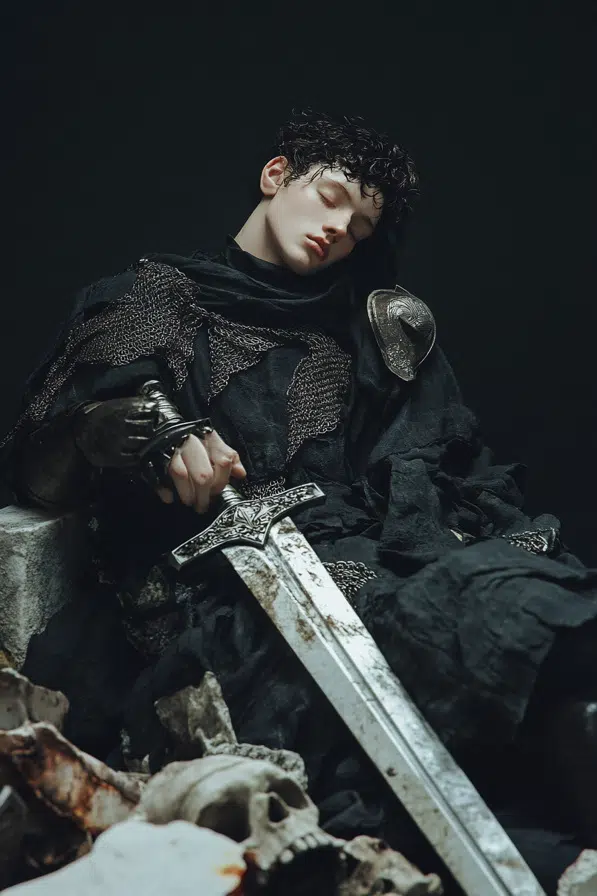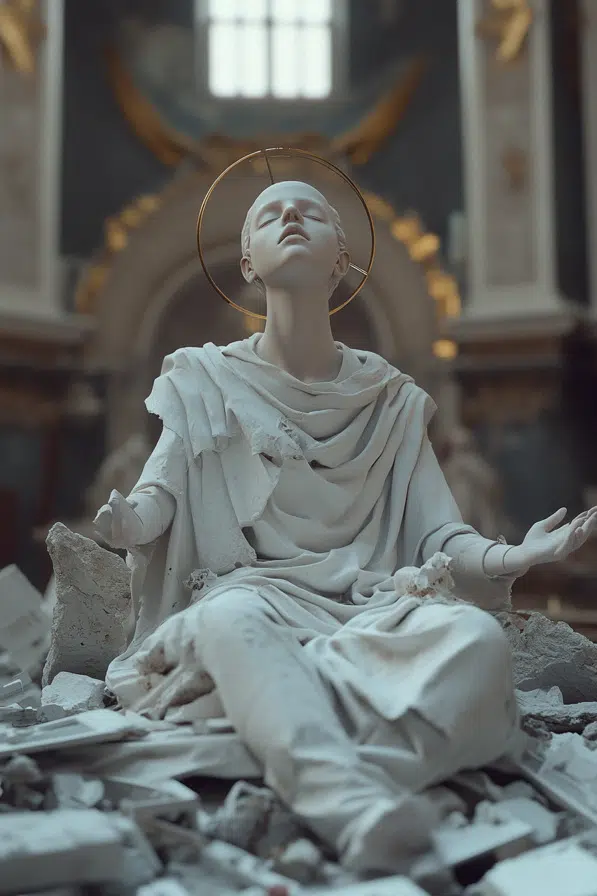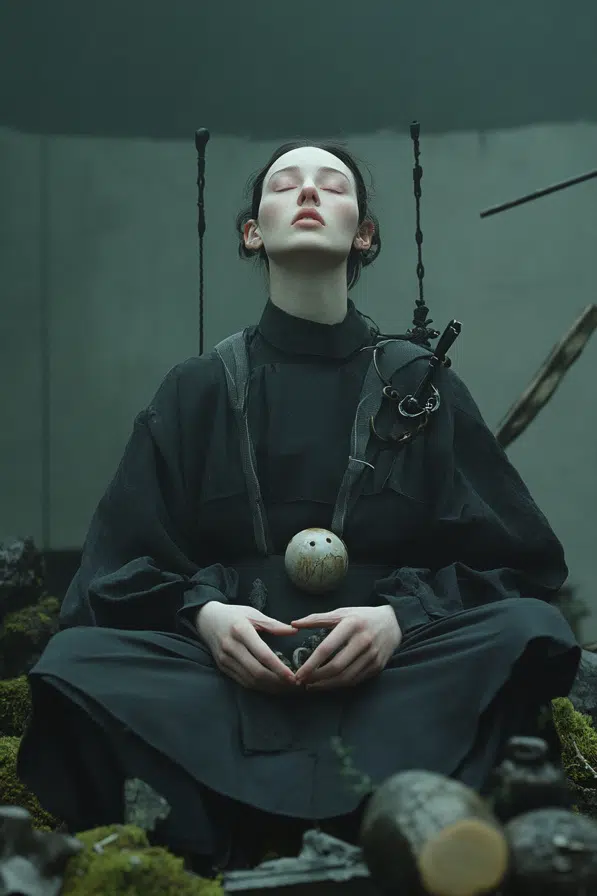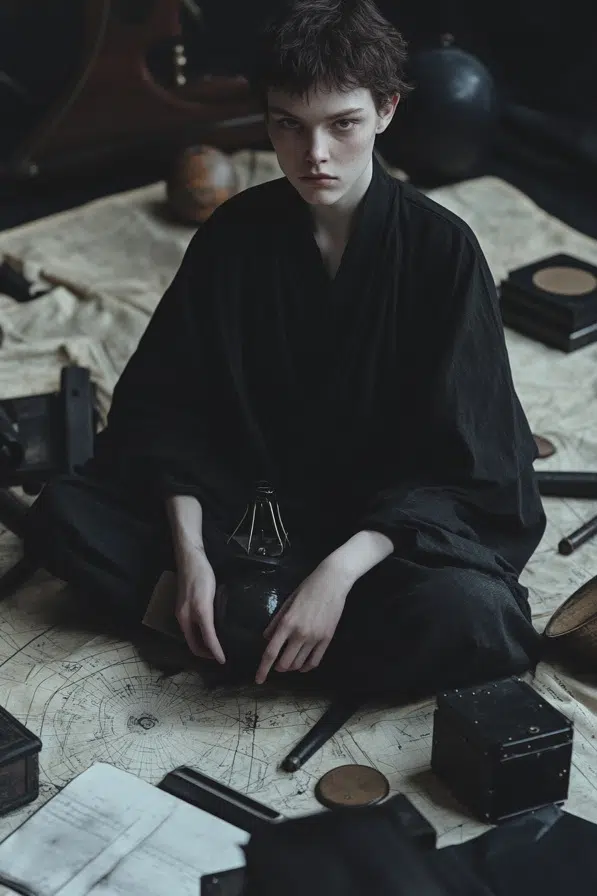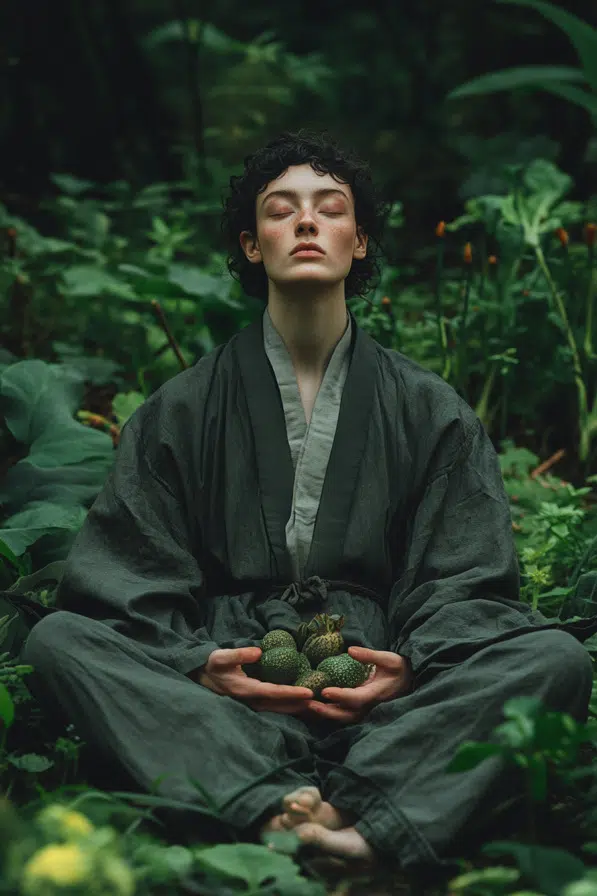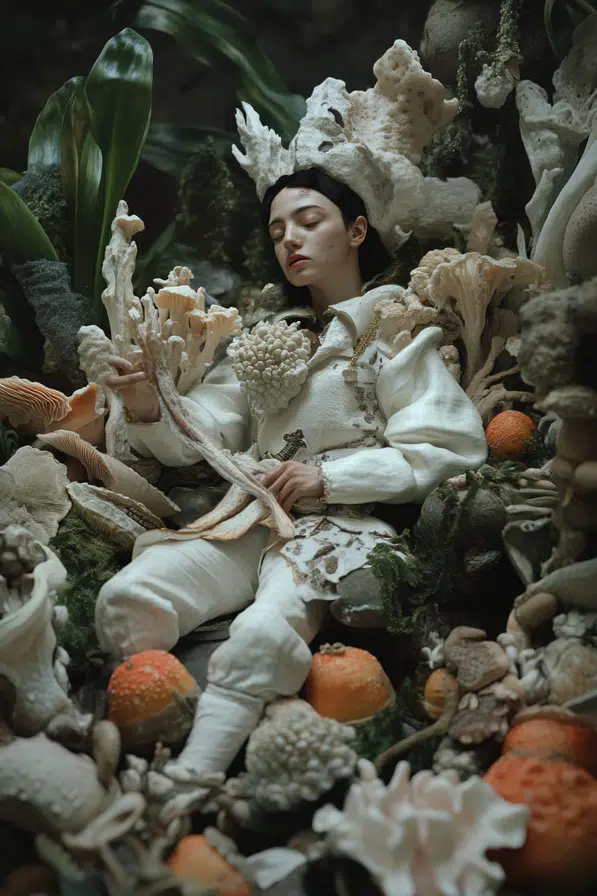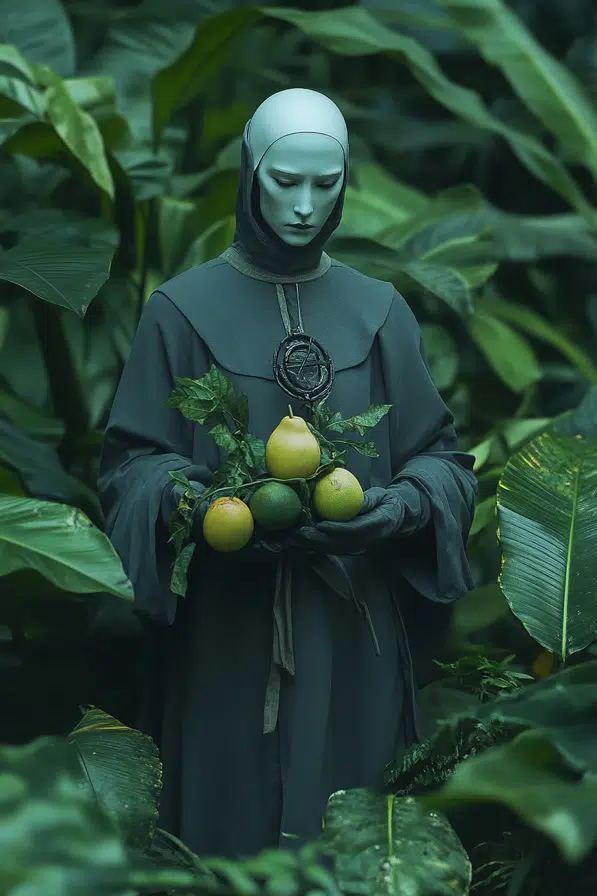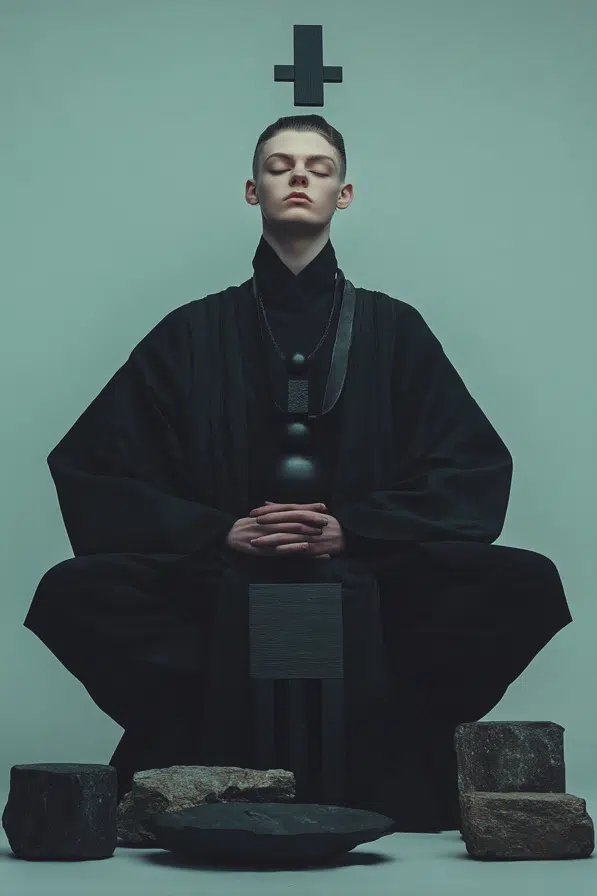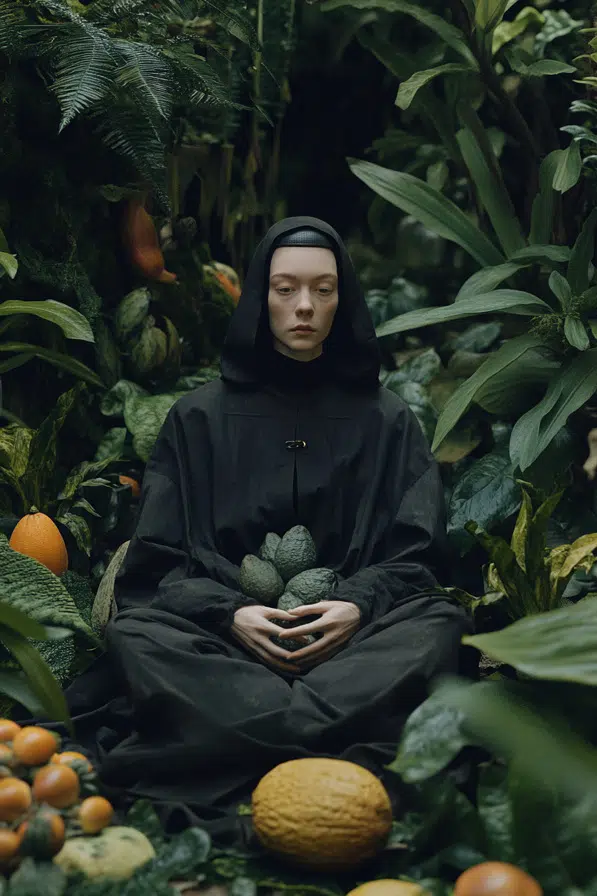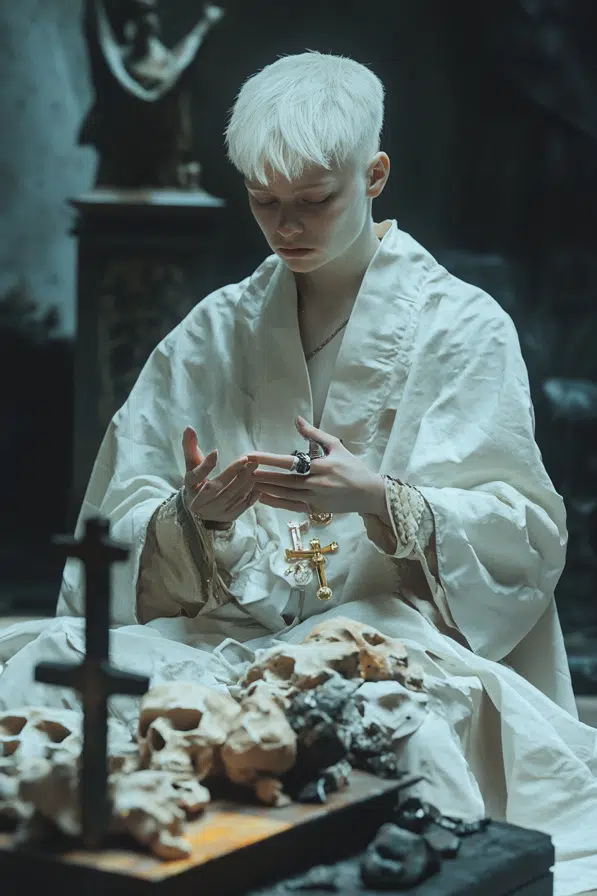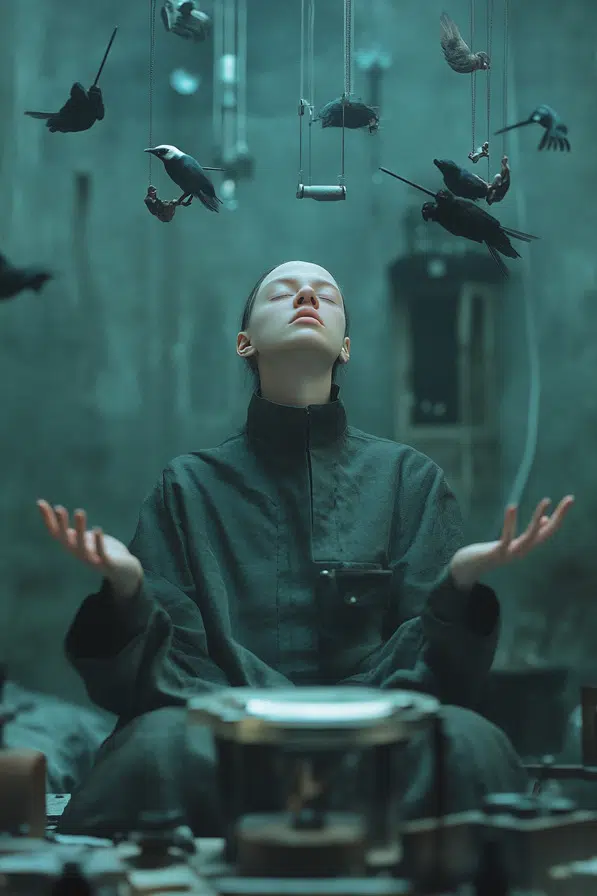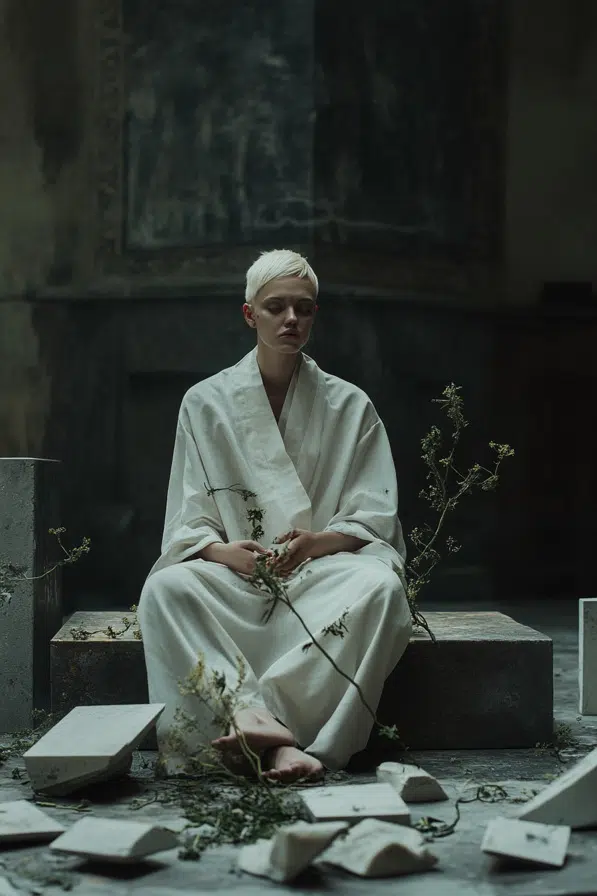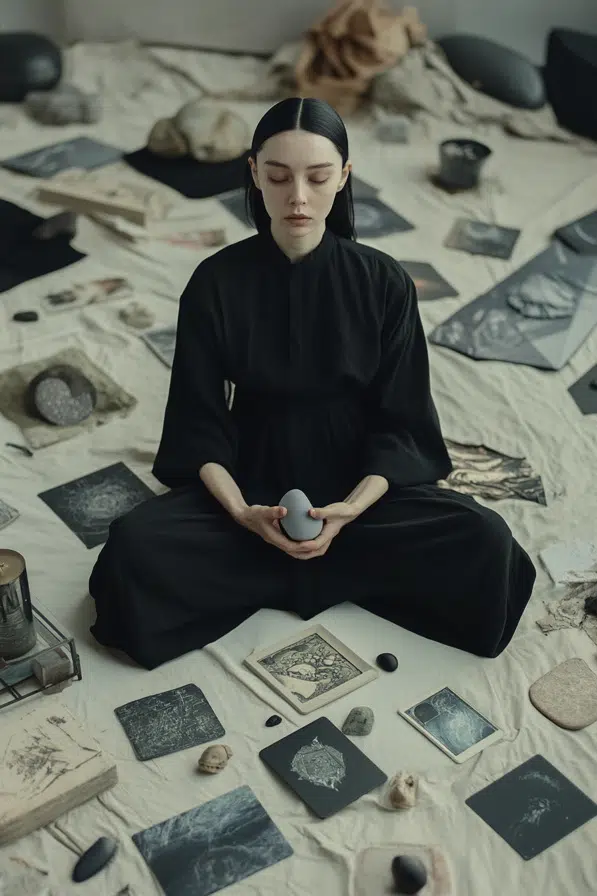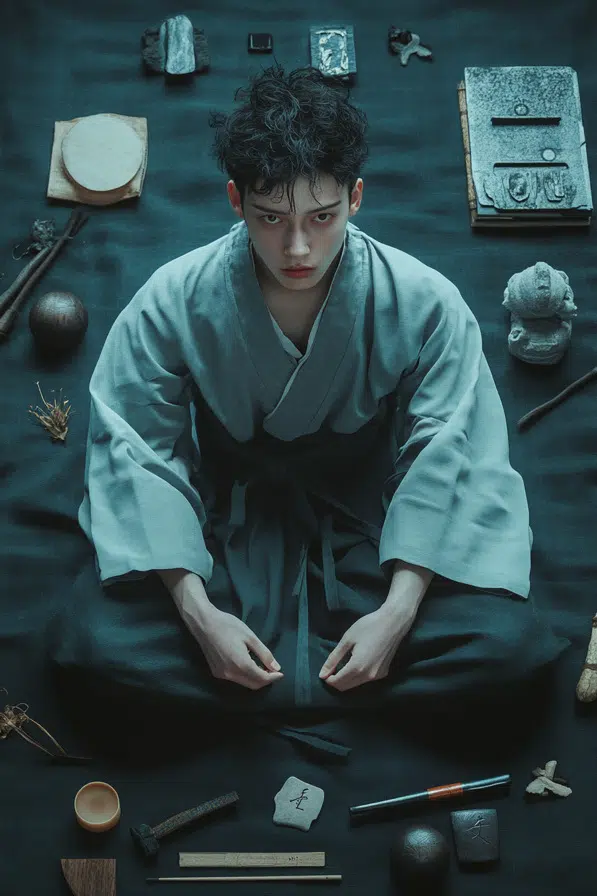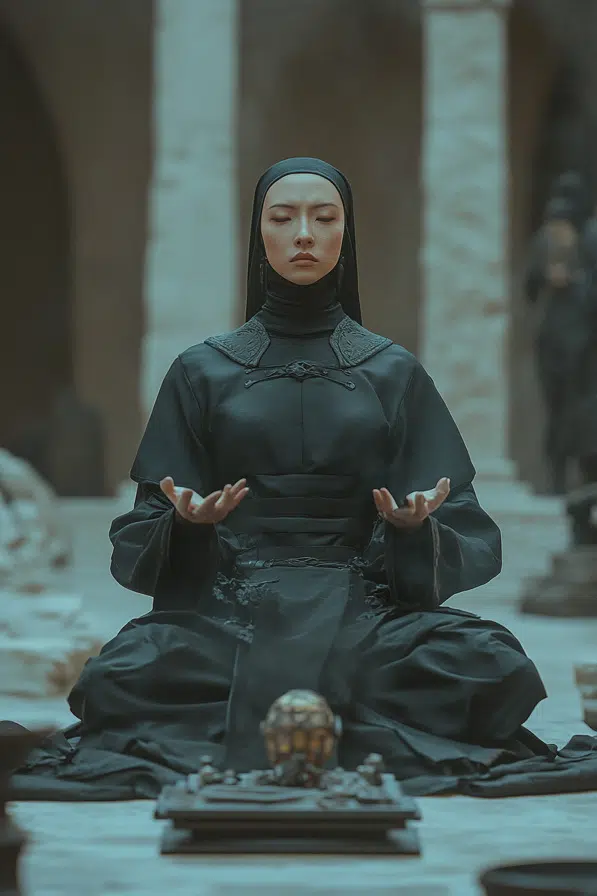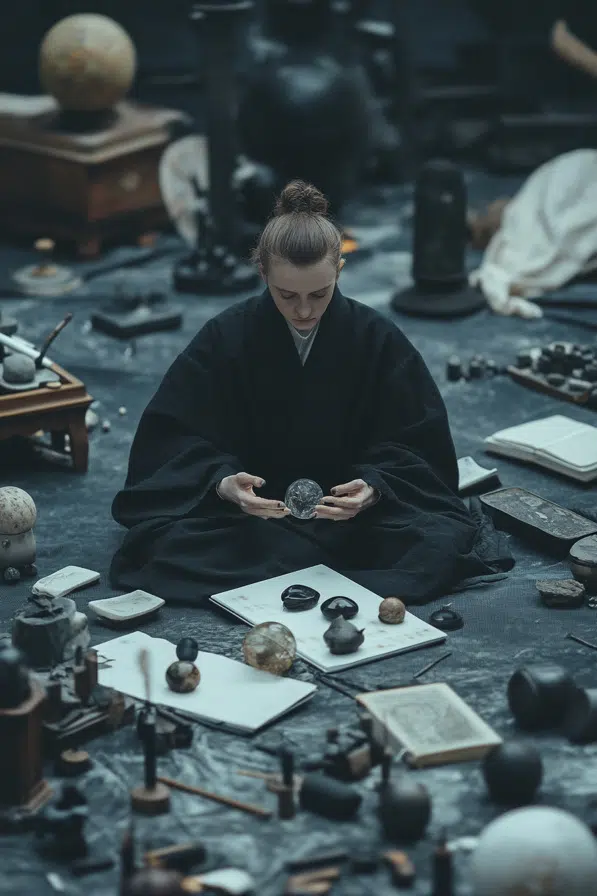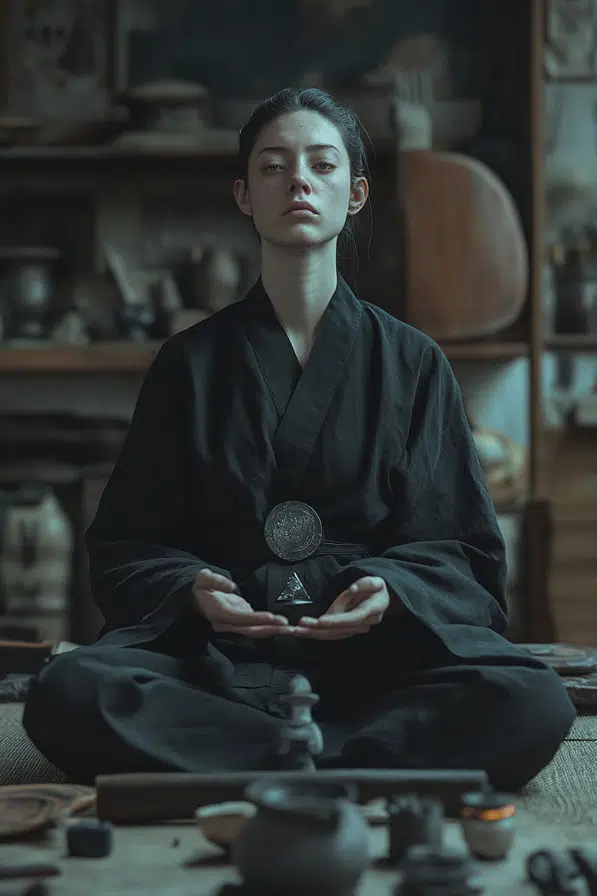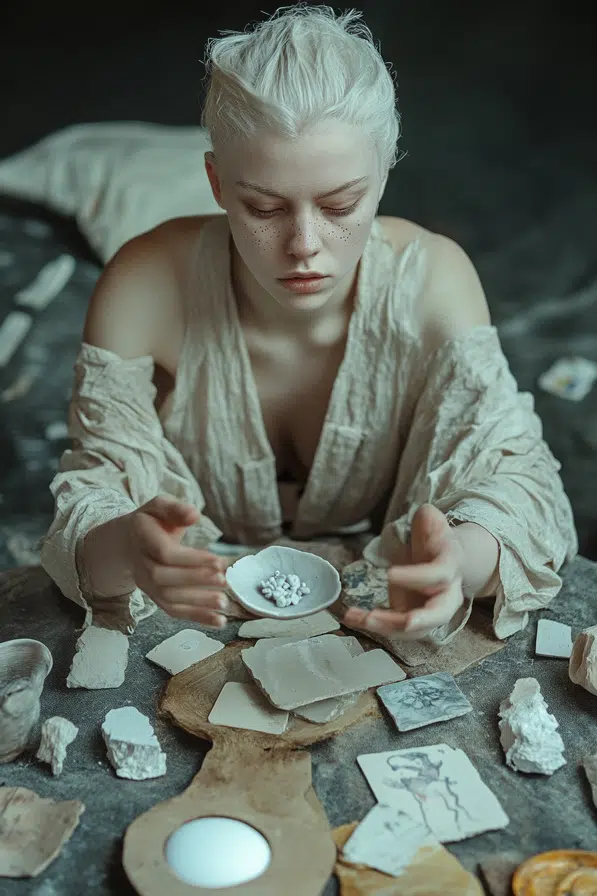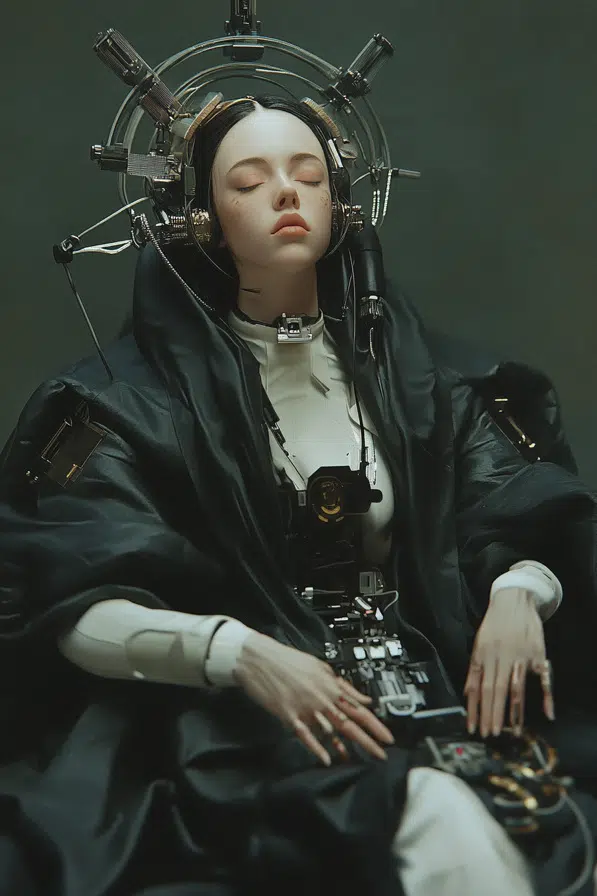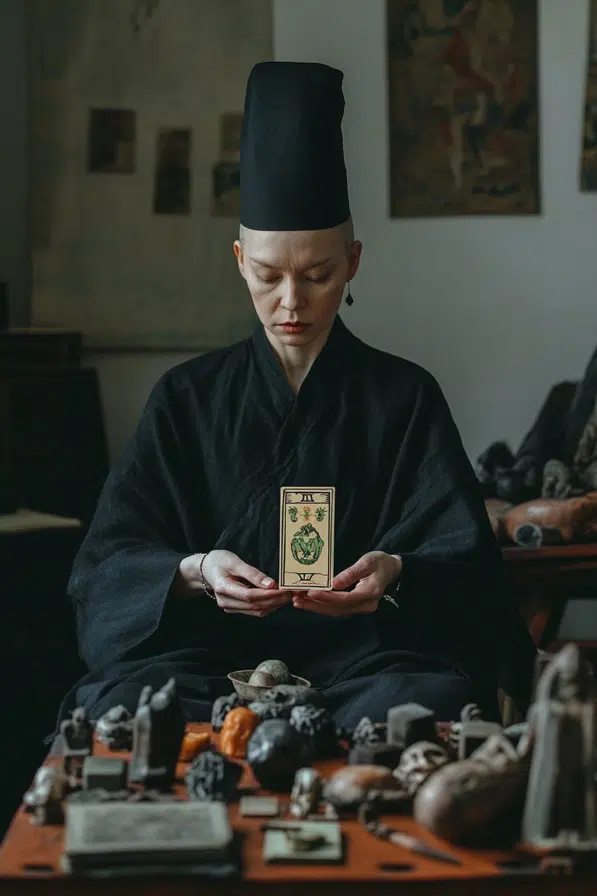A world of cracks and fraying threads,
where time clings heavy,
the past patched unevenly,
the future sagging, blurred.
The present—a fragile balance,
what is broken, what remains.
The old dream of mending,
the young carry the weight,
grief stitched into their days,
anger grating against nostalgia.
Meaning no longer smooth,
jagged myths rise from the shards,
beauty found in the worn edges,
the sacred shifting,
its hard lines softened,
reshaped to fit a world
falling apart.
Living through an era of loss feels like moving through a world of cracks and fractures, where the weight of time settles into everything. It isn’t the clean simplicity of an ending—it’s the slow unraveling of form, the quiet collapse of what once held shape. Forests thin into brittle shadows, cities crumble as their edges soften with neglect and traditions fade like worn fabric, fraying thread by thread until only faint traces of their patterns remain.
Time itself loses solidity. The past clings heavily, uneven like a vessel patched too many times, holding together more out of habit than strength. The future no longer stretches forward; it sags under the weight of uncertainty, its horizon blurred beyond recognition. And the present? It feels like a fragile, improvised moment—a delicate balance between what is broken and what still lingers, a world assembled from shards and imperfections. Days seem neither whole nor empty but suspended, incomplete, as though waiting for something that will never come.
Generations navigate this erosion differently. The older ones see the fractures and imagine restoration, as though the cracks could be filled, the broken mended back to what it once was. But the younger ones know the world has already changed. They carry its weight differently, not with hope but with something closer to acceptance, their grief worn into the fabric of their days. Their quiet anger grates against the nostalgia of those who still believe things can somehow be put back together.
Meaning no longer rests on smooth surfaces. The stories that once shaped life—faith, progress, community—are now weathered and incomplete, like pottery with missing pieces. Yet, even in their jagged imperfection, they hold a certain beauty. From these fragments, new myths emerge—not polished or whole, but raw and honest, reflecting the cracks and scars of the world. Grief becomes a rhythm, slow and steady, woven into the texture of experience. Survival is no longer about restoring what’s lost—it’s about learning to live with the beauty of what remains, no matter how incomplete.
In this context of loss, Régis Debray’s reflections on the sacred take on new resonance. He wrote that the sacred is “what legitimizes sacrifice and forbids sacrilege,” but for him, it isn’t some fixed truth. The sacred wears down, shifts and picks up cracks and flaws over time, evolving alongside the world. It is not about transcendence—it is human. A fragile, rough-edged construction built and rebuilt to carry the weight of a society’s grief, desires and need for meaning. Even in places that have scrubbed themselves clean of gods, something sacred always lingers—untouchable spaces, small rituals and things held too tightly to let go.
The sacred isn’t soft. It carves edges into the world, defining the lines you don’t cross, the acts you don’t commit and the spaces you don’t violate. But it’s never still. Debray speaks of its “eternal youth,” a constant shedding and renewal, like the wear on an old wooden floor—smoothed by generations yet still whole. It’s hard, yes, but never permanent. The sacred changes because it must, reshaping itself to fit a world that keeps breaking apart.
In times of collapse, the sacred takes on a different form entirely. It isn’t found in polished ideals or grand narratives anymore—it’s in the fragments left behind, in the chipped edges and worn threads. What do you protect when everything is falling apart? What do you hold as untouchable?


